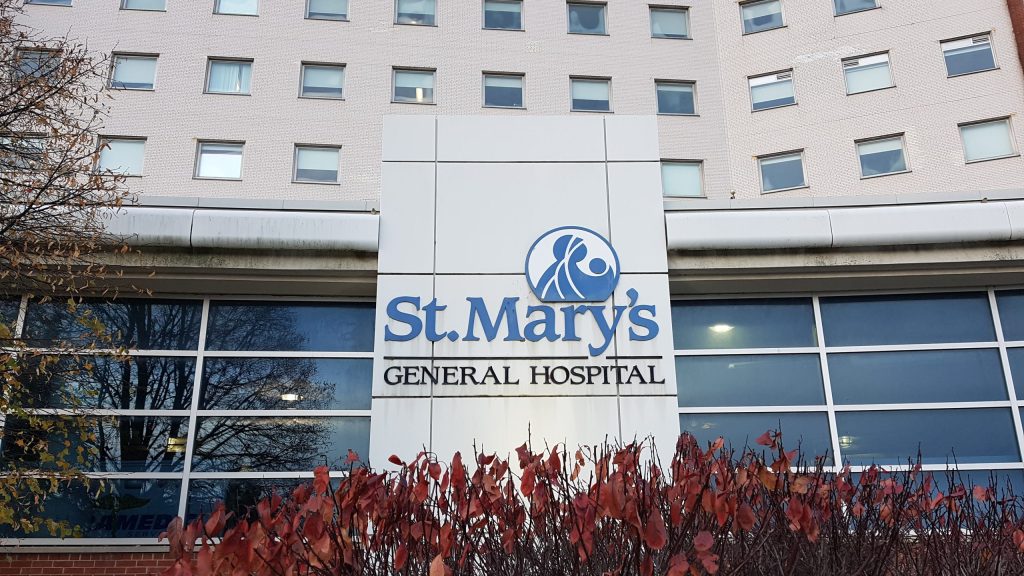Future looks bright for St. Jacobs-based digital pathology company
Posted Dec 16, 2021 08:10:00 PM.
The future looks bright for St. Jacobs-based tech company, Huron Digital Pathology, who produces medical devices used in hospital pathology laboratories and research facilities for imaging microscope biopsy slides.
The company was recently awarded funding from the Regional Development Program, allowing them to invest close to $5 million to expand their manufacturing capacity and create at least 10 new positions.
Their technology allows pathologists to securely view the images from anywhere to identify and diagnose diseased or cancerous tissue — a critical component of Canada’s healthcare system, according to Audil Virk, COO of Huron Digital Pathology.
“These products improve patient care, laboratory workflow, and speed of diagnosis,” said Virk.
“Pathologists have been using a microscope for over a hundred years to examine tissue biopsies and make a diagnosis. Imaging technology has now advanced to the point where high-resolution resolution images of the tissue can be captured quickly. This brings all the advantages of a digital image to Pathology,” he said.
Those advantages include viewing remotely and providing analysis, which they also produce software for, to assist pathologists in making a diagnosis.
The company initially launched in 1994 as a University of Waterloo start-up called Biomedical Photometrics Inc. In 2010, they changed the company name to Huron Technologies Inc after new investors came on board.
They began working on the technology when they were approached by medical researchers in Ontario hospitals looking to produce scanners for imaging tissue biopsies.
“Our initial project started with Sunnybrook Hospital for imaging breast tissue,” said Virk. “This was an opportunity to apply our imaging technology for imaging tissue biopsies and changing the traditional approach of diagnosing diseased tissue.”
In 2015, they brought their new scanner product line to the market, rebranding once again to Huron Digital Pathology.
“Our scanners are the most versatile in the market,” Virk said, adding that they are capable of imaging a diverse spectrum of tissue types.
“We are the world leader in imaging large tissue specimen. For example, our scanners are being used in breast cancer research and for imaging the human brain,” he said. “In addition, we are a leader in using artificial intelligence for finding similar pathology images within an archive and linking them to diagnostic reports. This aids pathologists in finding similar cases for reference when making a diagnosis.”
Virk says they are looking forward to taking the next steps with their funding.
“We are a growing company in a rapidly emerging market. We have a competitive and well-differentiated line of products that are protected by a portfolio of patents. We recently moved to a new facility and are now further expanding, including our advanced manufacturing production line to assemble products in volume,” he said. “The future looks bright.”










